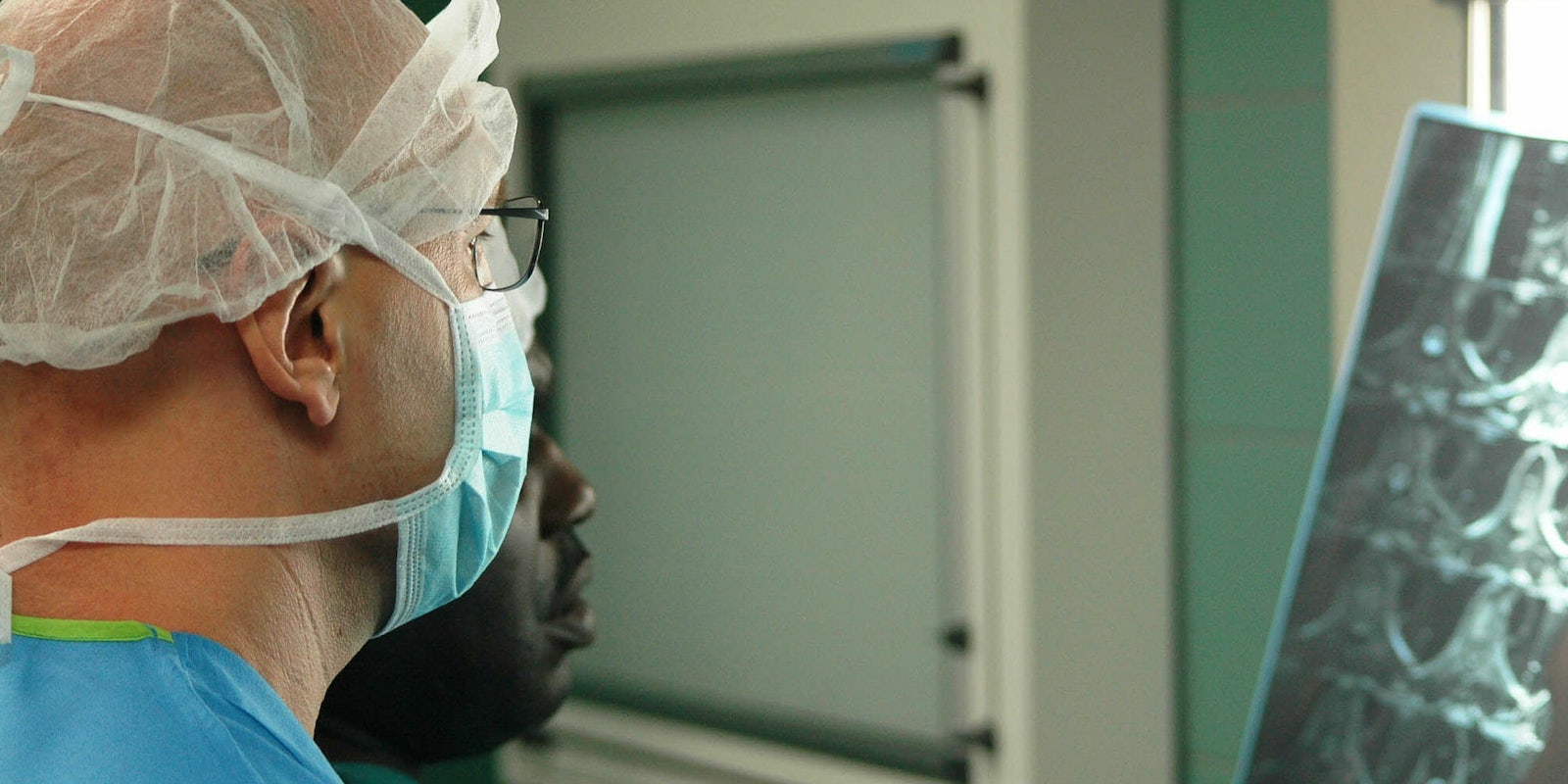Researchers believe artificial intelligence (AI) combined with facial recognition technology will make it possible to detect the flu in its early stages, Smithsonian reports.
A study published in the journal Proceeding of the Royal Society B demonstrates how humans are able to accurately detect sickness in others just by looking at photos of their face. Twenty-two healthy volunteers were administered either a placebo or lipopolysaccharide (LPS), which causes flu-like symptoms and triggers an inflammatory response.
High-resolution photos were taken of each volunteer’s face two hours after injection and shown to a group of 62 participants who were asked to judge whether the people in the images were sick or healthy. The participants were only given five seconds to look at each picture. Without any medical training, the observers correctly chose a sick person 52 percent of the time and a healthy person 70 percent. John Axelsson, a co-author of the study and professor at the University of Stockholm, suspects an even greater level of accuracy with in-person encounters.
“Our findings suggest that facial cues associated with the skin, mouth, and eyes can aid in the detection of acutely sick and potentially contagious people,” the study says.
The sample group detected sick people by looking for tiny facial cues, including paler lips and skin, a more swollen face, droopier corners of the mouth, more hanging eyelids, redder eyes, patchy skin, and a more tired appearance. Other signs have been proven to indicate other, more serious diseases. For example, the absence of facial movements as an early sign of brain tumors or eyelid movements predicting fatigue.
These microexpressions are difficult for humans to detect, but with improvements in facial recognition technology, artificial intelligence could “very likely” be programmed to do real-time analysis more accurately and with a smaller margin of error than when performed by humans. With that knowledge, doctors could diagnose patients at earlier stages, allowing them to fight diseases before they manifest, ultimately improving a patient’s outlook.
As Smithsonian points out, researchers are already feeding mounds of information into neural networks that are capable of teaching themselves how to detect illnesses. But the technology is still in early stages and has yet to be tested enough or approved for use on actual patients.
Still, studies like the one Axelsson conducted show that humans have the knowledge to properly train AI. And as we’ve seen time and again, if a human can do something, a human-trained AI has the potential to do it better.


